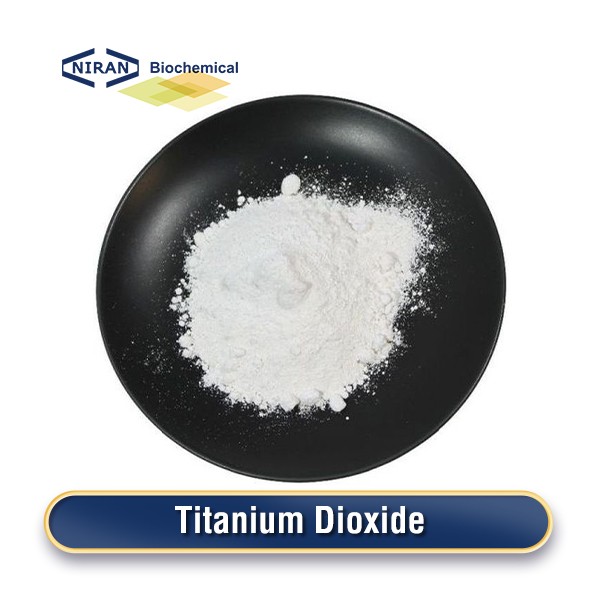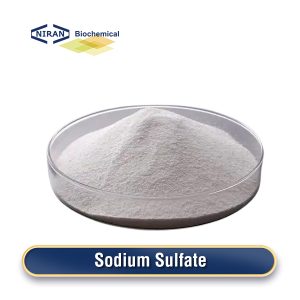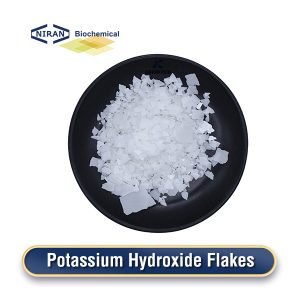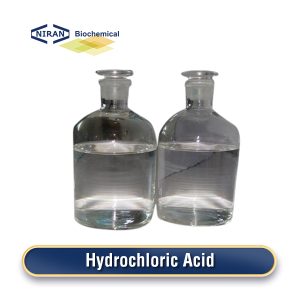Titanium Dioxide
- CAS Number: 13463-67-7
- Chemical Formula: TiO2
- MOQ: 1000KG
- Shelf Life: 2 years
- Forms: Powder
- Synonyms: Titanium(IV) Oxide, Titanium White, CI 77891, Titania, Titanium Oxide
Product Description
What Is Titanium Dioxide?
Titanium Dioxide (TiO2) is a highly regarded white pigment, distinguished by its exceptional opacity and brightness. Because of its exceptional color stability and UV resistance, it is frequently used in paints, coatings, plastics, paper, and cosmetics. TiO2 is also used in sunscreens for UV protection and in food products as a colorant. Preparation Methods:
Sulfuric Acid Process: Titanium ore (such as rutile or ilmenite) is reacted with concentrated sulfuric acid to produce titanium tetrachloride, which is then hydrolyzed and calcined to obtain TiO2.
Chloride Process: In this process, titanium tetrachloride is created by reacting rutile with chlorine gas. It is then refined and oxidized to create high-purity TiO2. Both methods are widely used to produce TiO2 with various applications in industrial products.
Related Parameters:
| Items | Standards |
| TiO2 content (%): | 92.0 min |
| Rutile crystal content (%): | 98.0 min |
| Relative tinting strength | 100% min |
| CIEL*: | 98.0 min |
| Matter soluble in water (%): | ≤0.5 max |
| Water extracted PH: | 6.5 ~ 8.5 |
| Oil absorption (g/100g): | 17 ~ 22 |
| 105℃ loss (%): | 0.5 max |
| Residue (45um): | 0.05% max |
| Water extracted resistivity (Ω·M): | 50 min |
| Inorganic Treatment: | Silica, Alumina |
| Organic Treatment | Yes |
Recommended Dosage of Titanium Dioxide:
| Applications | Dosage |
| Paints and Coatings | 5%-25% |
| Plastics | 1%-7% |
| Paper Industry | 5%-10% |
| Cosmetics and Sunscreens | 1%-5% |
| Food and Pharmaceuticals | 0.1%-1% |
Titanium Dioxide Has a Wide Range of Uses:
Titanium Dioxide (TiO2) finds widespread use in a variety of industries.
In the paint and coatings sector, it is the most common white pigment, known for its high opacity and brightness.
In plastics, TiO2 serves to augment both whiteness and durability, whereas, in the paper industry, it significantly enhances brightness and opacity.
In cosmetics, TiO2 serves as a UV filter in sunscreens and is used for pigmentation in products like foundation.
Additionally, it is a food colorant (E171) and is found in pharmaceuticals as a tablet coating.
TiO2 is also used in rubber, ceramics, and textiles for enhanced properties.
The User Asked Question:
Q: What distinguishes rutile from anatase?
A: Forms of TiO2 are their crystal structure and properties. Titanium Dioxide (TiO2) exists in two distinct crystalline forms, rutile, and anatase, each with its own unique set of properties. Rutile is the more stable and commonly used form, known for its higher opacity, excellent durability, and resistance to UV degradation, making it ideal for applications in paints, coatings, and plastics. Conversely, anatase is less stable; however, its distinct photocatalytic properties make it particularly effective for environmental applications, such as air and water purification.




